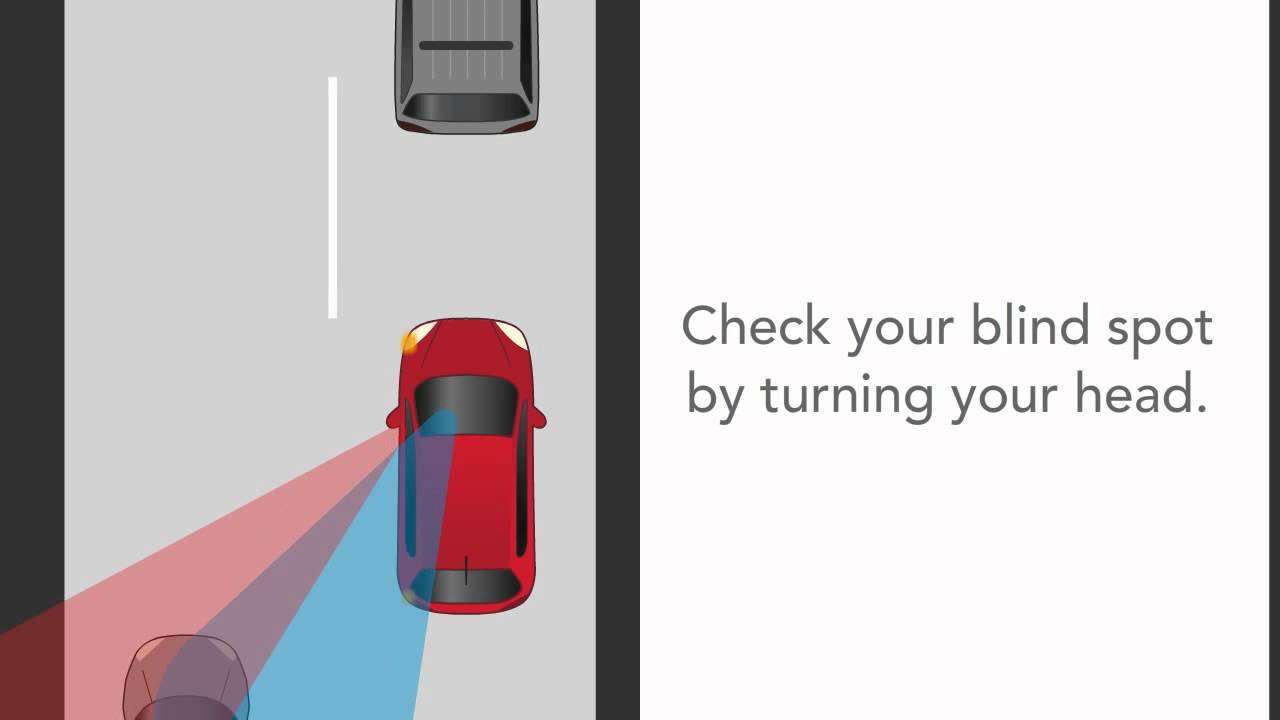
When practicing driving on intermediate roads, also known as two lane roads, look for roads with traffic moving between 25 and 40 mph, with one of two lanes moving in each direction. Roads should have controlled intersections and driveways, with parking lots or parked cars along the sides.
When your teen is ready, practice in the next driving environment: Commercial Roads.

Goal:
Know how to safely match the traffic speed of the other lane to move into that lane.
Activity:
Your new driver should practice changing lanes, being sure to have the turn signal on well in advance, looking ahead and making sure there is space to speed up, checking the side mirrors and blind spot, looking ahead again, adjusting speed to match the speed of the cars in the next lane, and moving into the lane when there is ample space between cars.
Common Errors:
Signs Learner Gets It:
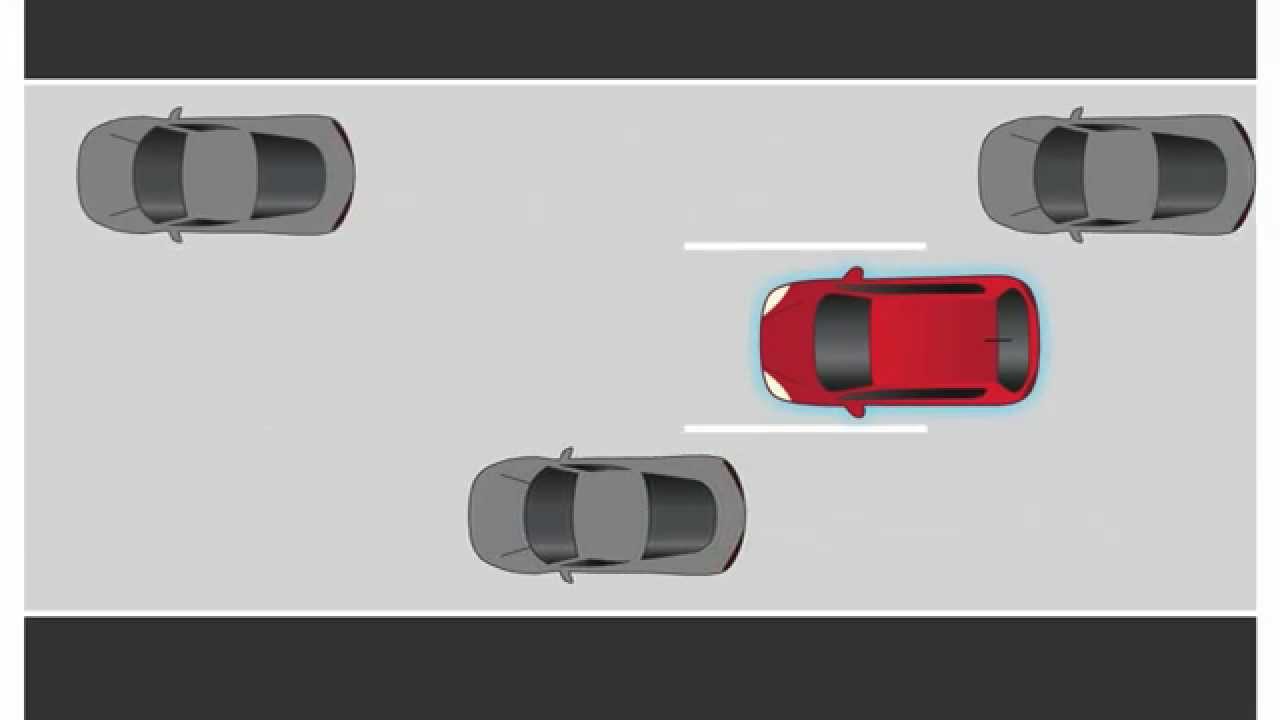
Goal:
The new driver shows complete awareness of signs, speed limits, and other drivers
Activity:
Practice checking the mirrors, monitoring speed, locating surrounding traffic, and anticipating the intentions of the other drivers.
Common Errors:
Signs Learner Gets It:
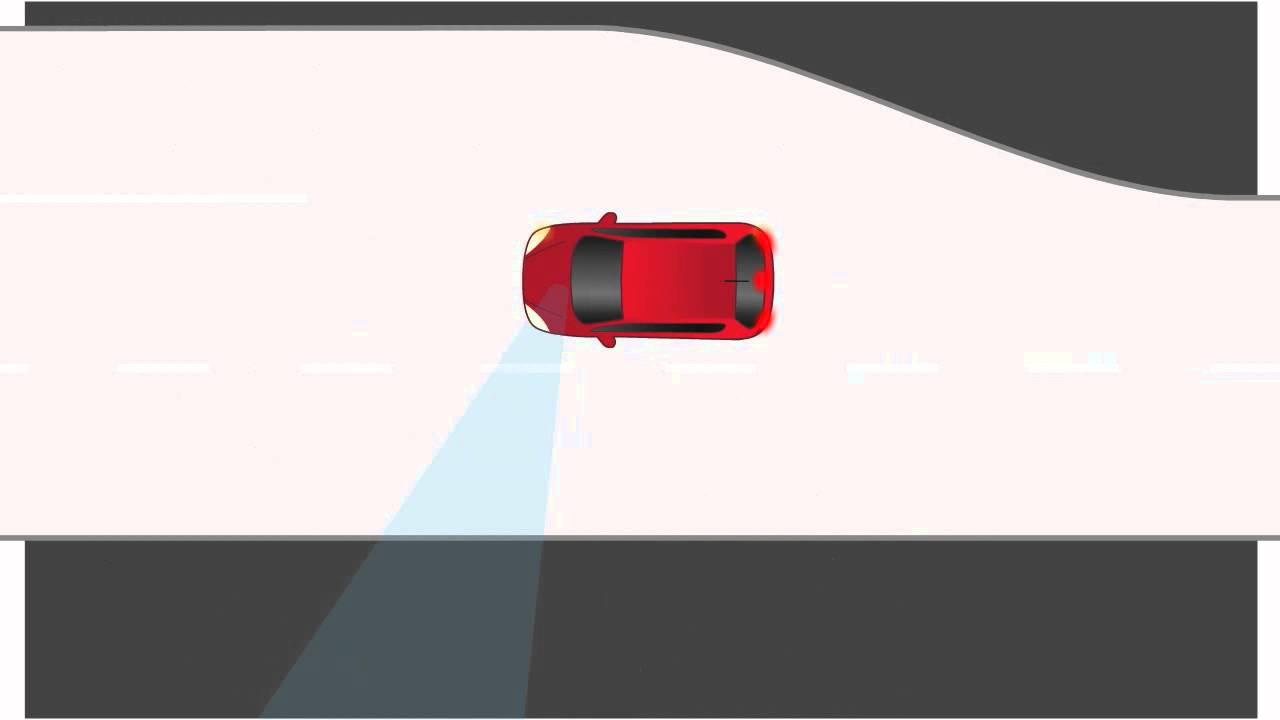
Goal:
Help the new driver learn to maintain an appropriate space on all sides of the vehicle.
Activity:
Strive to maintain a safe cushion of space on all four sides of the car.
Common Errors:
Signs Learner Gets It:
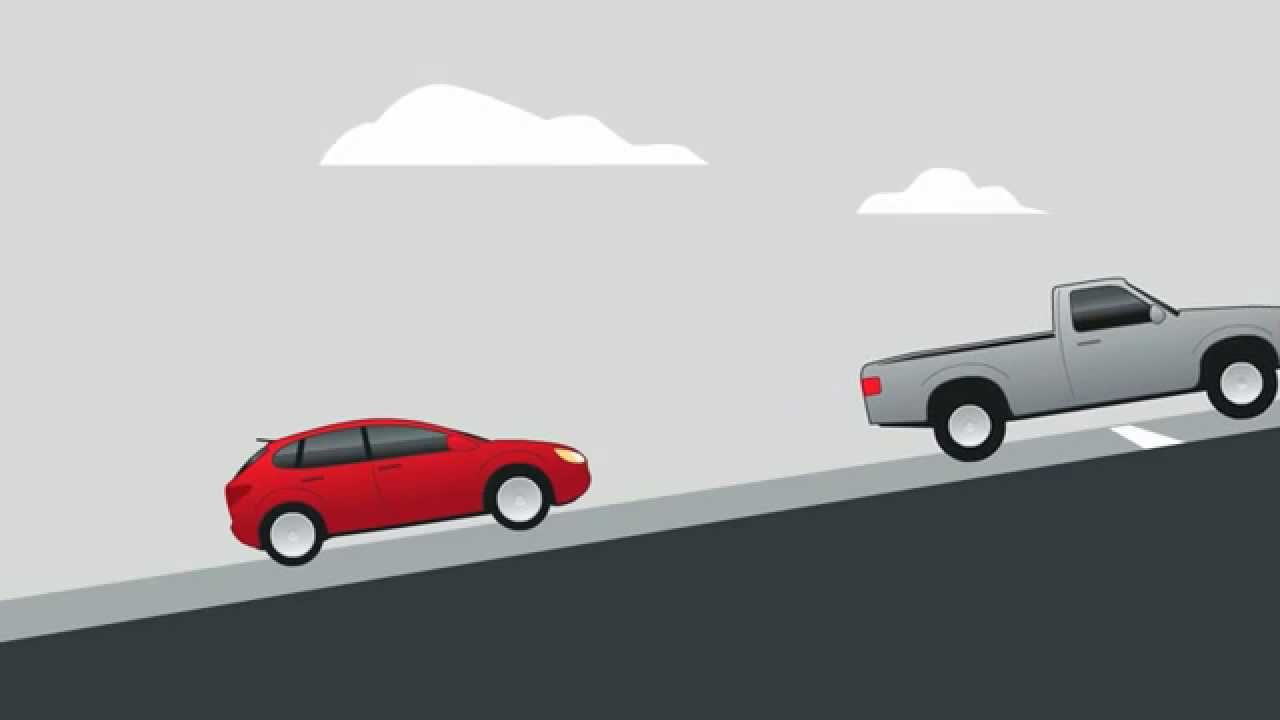
Goal:
Help the new driver learn to estimate the distance between the car and other objects.
Activity:
Work to improve distance estimation skills by reminding your teen of dangers that could happen. Your new teen driver should verbalize when braking for a stop light and, afterwards, say if the brake was too late or just right.
Common Errors:
Signs Learner Gets It:
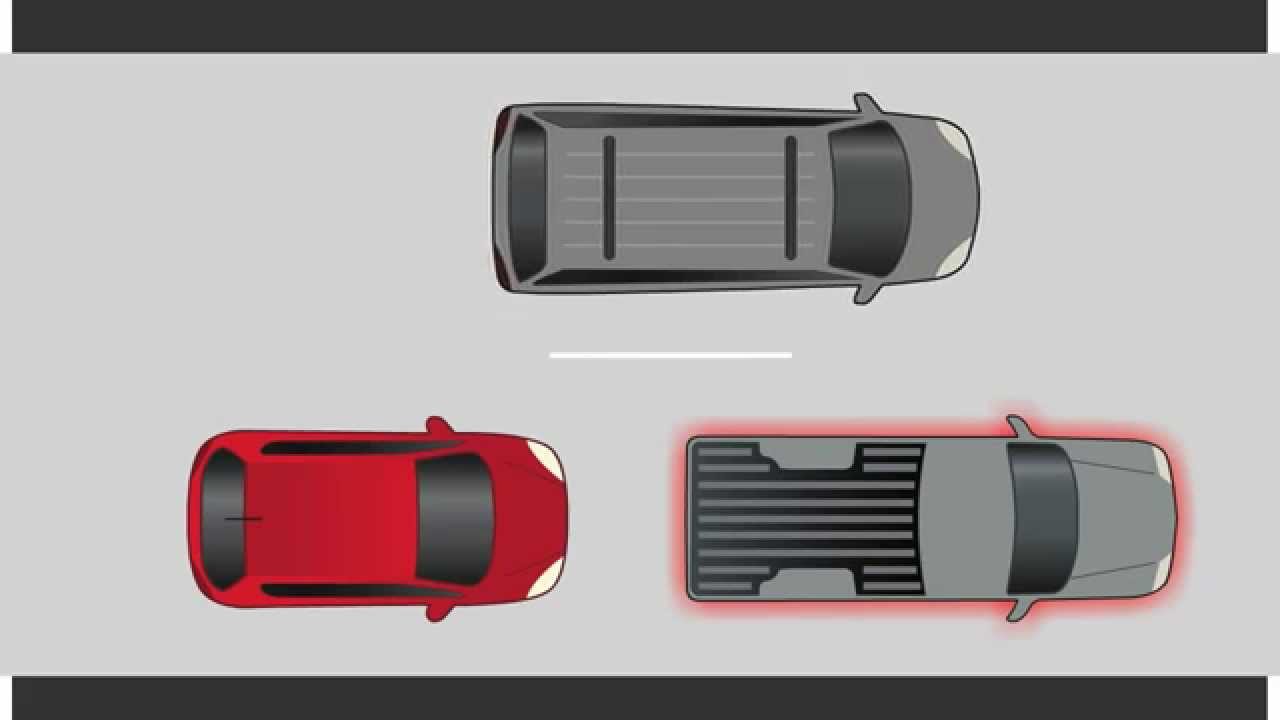
Anticipating Others’ Behavior
Goal:
Help the new driver understand how time of day/week affects other drivers and traffic.
Activity:
Observe other drivers' actions and predict what they will do next. Afterwards, discuss the dangers that you saw on the road and how the new driver adjusted driving behaviors when witnessing other drivers' risky behaviors. Discuss how rush hour may have affected other drivers' behaviors.
Common Errors:
Signs Learner Gets It:
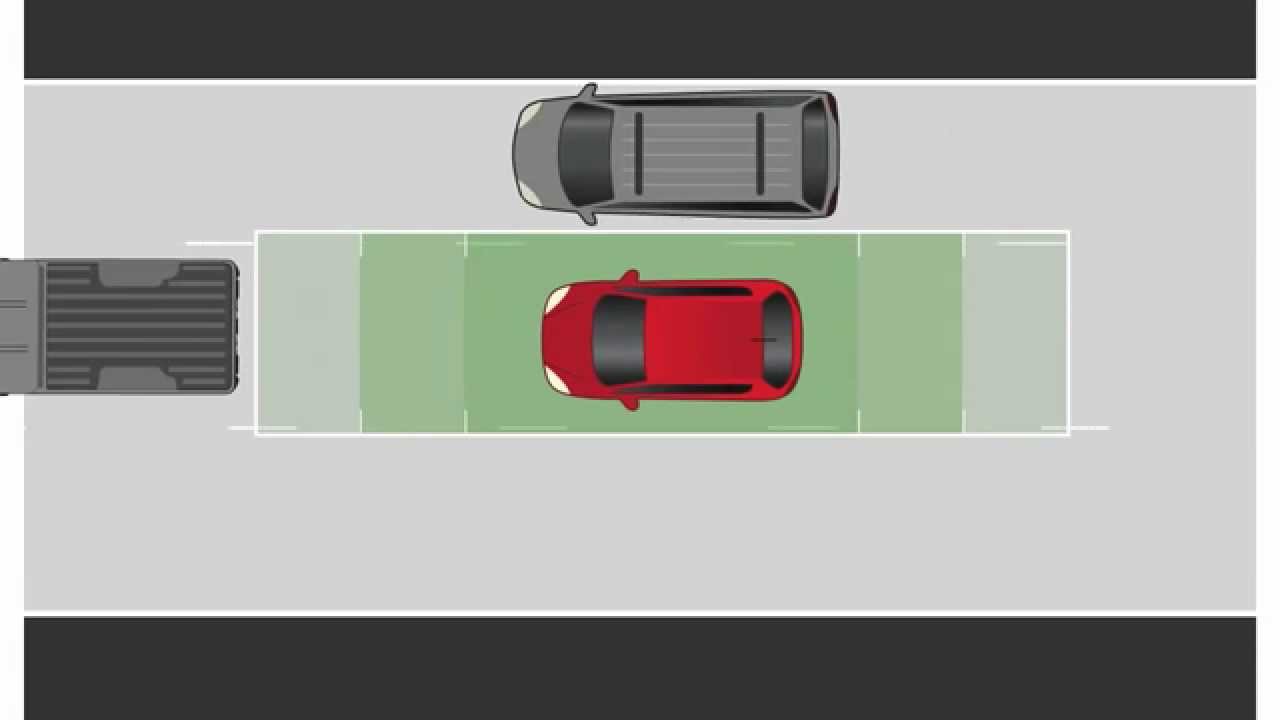
Higher Speed Management & Preparedness
Goal:
Help the new driver assess traffic flow, manage speed according to what’s on the road and respond to potential dangers.
Activity:
Prior to the drive, discuss what type of dangers you may encounter and the appropriate reactions when you do. During the drive, your teen should practice “pedal management” to control speed and to prepare for stopping, as well as keep track of his or her speed and verbalize when to brake.
Common Errors:
Signs Learner Gets It:
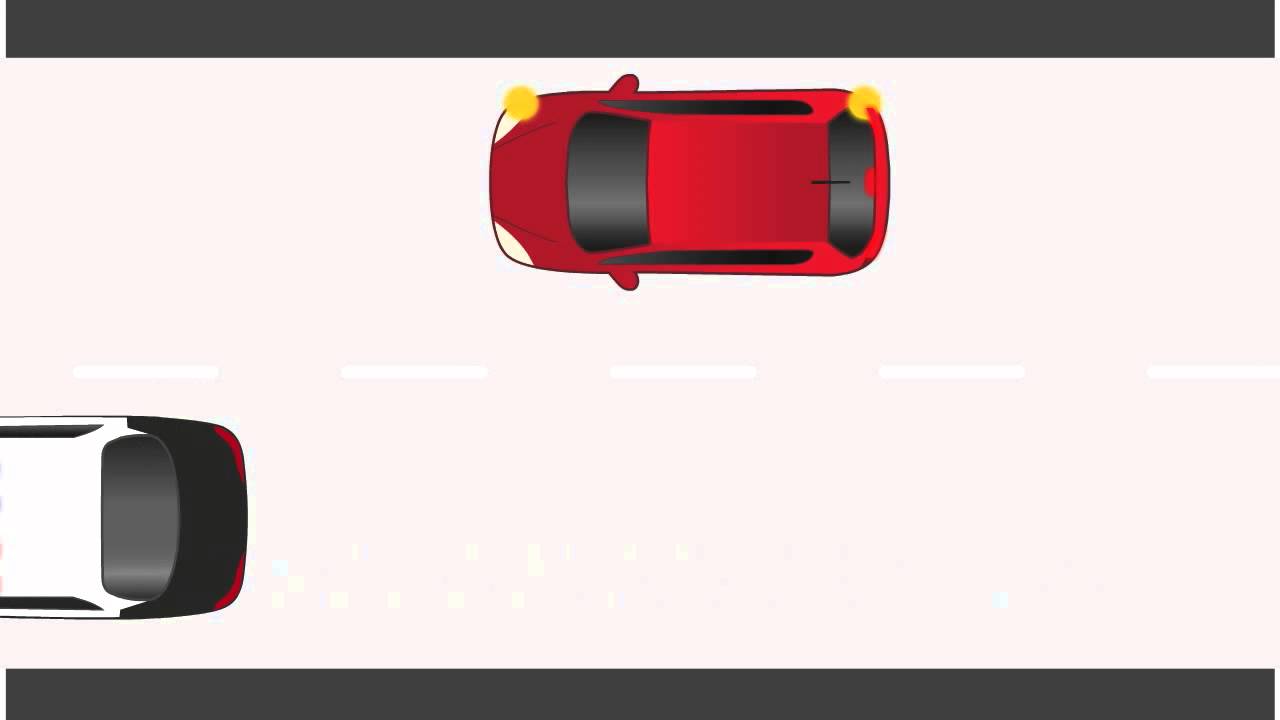
Communicating with Others
Goal:
Help the new driver learn to use signals and brakes to indicate actions and understand how to communicate with other drivers.
Activity:
During the drive, watch for the cues that could predict what a driver would do next. Go over ways your new driver can communicate intentions to other drivers, including using turn signals, eye contact, hand motions, flashing headlights or hazard lights.
Common Errors:
Signs Learner Gets It:
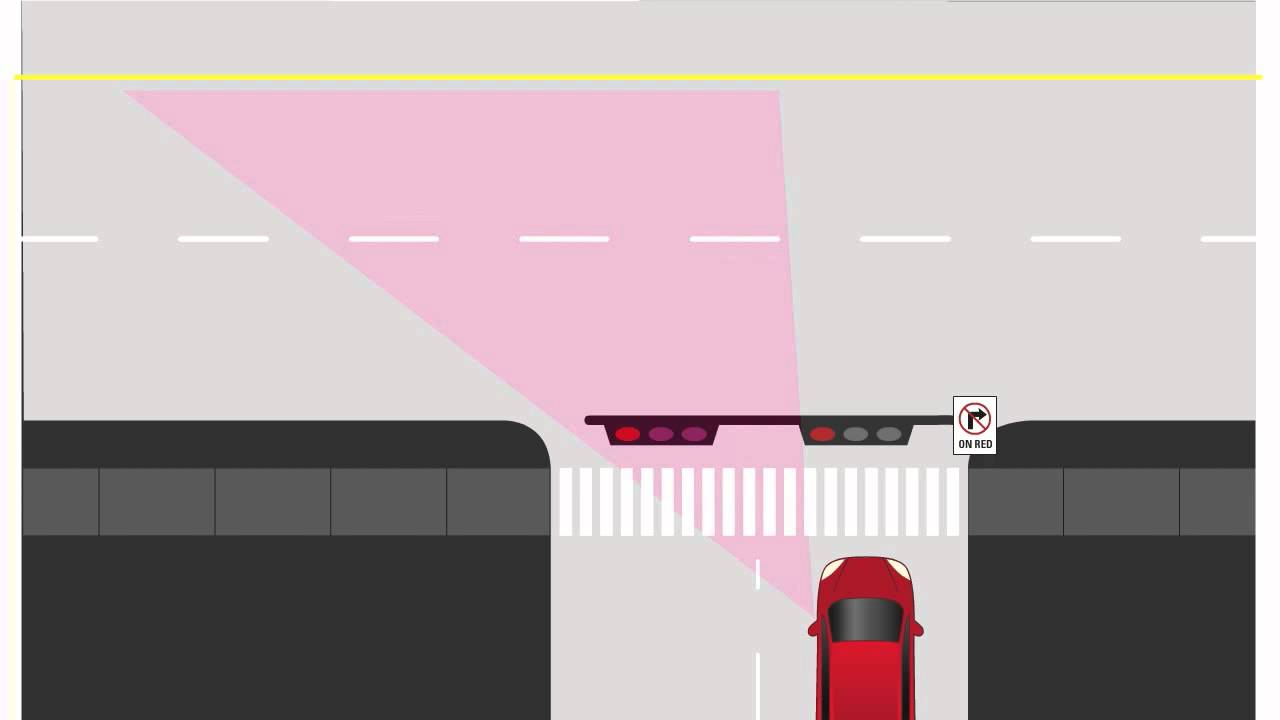
Goal:
Know how to safely drive through or make turns at intersections
Activity:
Review all of the rules related to intersections, including when allowed to turn and what lane to turn into. Practice entering the intersection only if there is enough space to get all the way through before a light changes.
Common Errors:
Signs Learner Gets It:
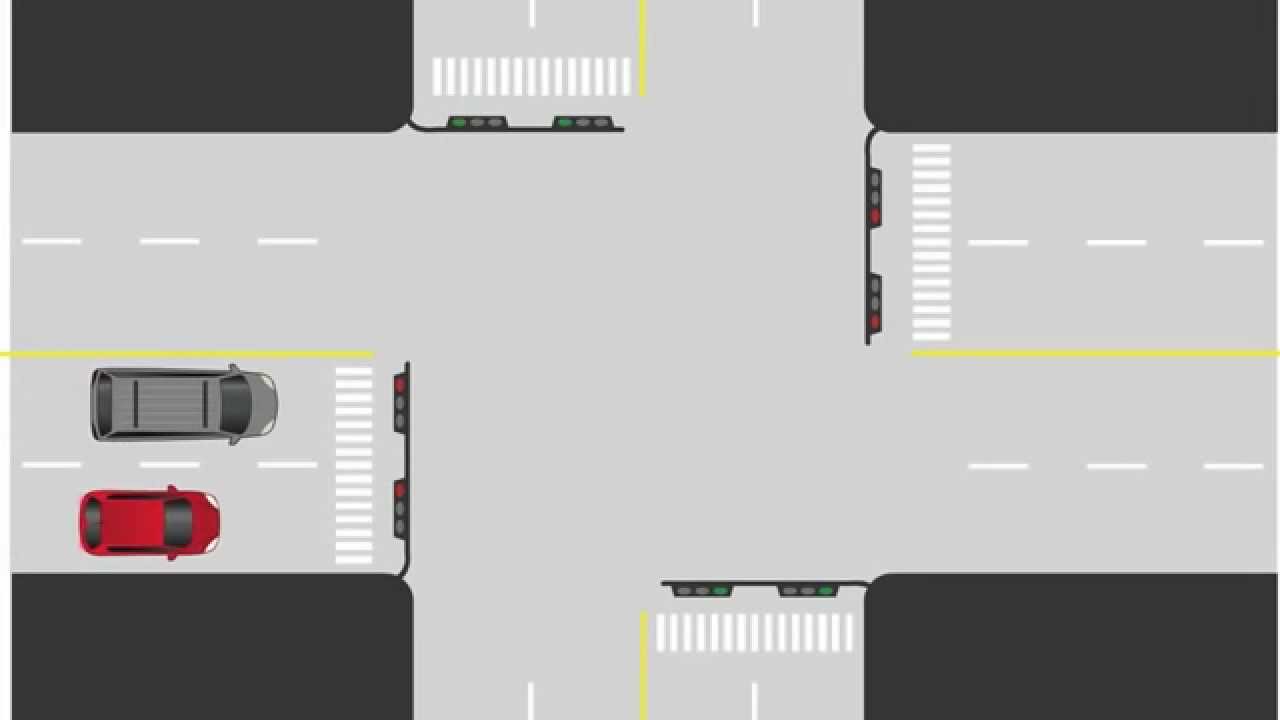
Right-of-Way Controlled Intersections
Goal:
The new driver understands the right-of-way rules and can act appropriately at controlled intersections.
Activity:
Identify who needs to stop and who can go through each intersection. At intersections with traffic lights, your teen should be able to make a decision about the point of no return and determine when to continue straight or turn.
Common Errors:
Signs Learner Gets It: